Naqsh-e Rajab Relief
Naqsh-e Rajab, All Wonders of a Bas-Relief
Naqsh-e Rajab is located near Shiraz. The province of Fars (Pars) was the capital of Iran for a long time during numerous historical eras. It is now home to many monuments, especially from the Sassanid era. Near Persepolis, there are two ancient collections called “Naqsh-e Rustam” (Necropolis) and “Naqsh-e Rajab” where some important historical events related to the pre-Islamic periods of Elamite, Achaemenid and Sassanid are engraved on the mountain rocks. Go through this article to know the wonders of “Naqsh-e Rajab” from 15 centuries ago. This historical place takes you on a journey into the glorious history of the Persian Empire.
| Monument Name | Naqsh-e Rajab, نقش رجب |
| Contact No. | +98(0)7143341556 |
| Monument Category | Ancient Relief |
| Website | N/A |
| City | Shiraz |
| Coordinates | 29.966486°N 52.887043°E |
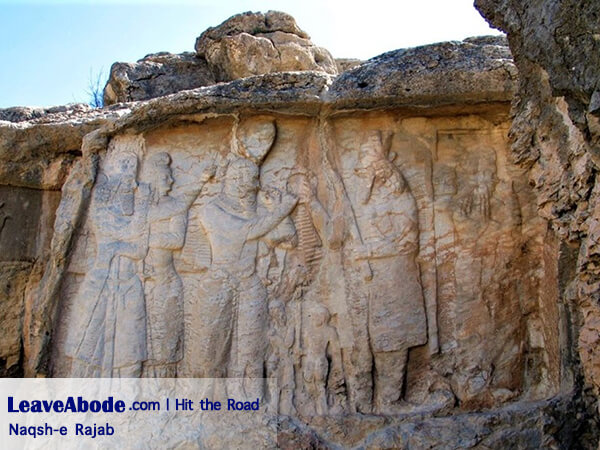 “Naqsh-e Rajab” is located 3 km north of Persepolis near the historical city of “Estakhr”. Estakhr was the birthplace of “Ardeshir” and “Shapur”, the Sassanid kings, where they held their coronation ceremonies. To keep these important events alive, they carved those on the nearby mountain rocks now we know as “Naqsh-e Rustam” and “Naqsh-e Rajab”. Visiting these sites is like opening an album of the most glorious ancient events. Go through this article to get information about “Naqsh-e Rajab” before leaving.
“Naqsh-e Rajab” is located 3 km north of Persepolis near the historical city of “Estakhr”. Estakhr was the birthplace of “Ardeshir” and “Shapur”, the Sassanid kings, where they held their coronation ceremonies. To keep these important events alive, they carved those on the nearby mountain rocks now we know as “Naqsh-e Rustam” and “Naqsh-e Rajab”. Visiting these sites is like opening an album of the most glorious ancient events. Go through this article to get information about “Naqsh-e Rajab” before leaving.
“Naqsh-e Rajab” is the place of four prominent rock-cut bas-reliefs that remained from the Sassanid kings:

Photo by Philippe Chavin
In the first inscription, the coronation ceremony of “Ardeshir Babakan”, the founder of the Sassanid Empire, is beautifully engraved.
- The second inscription belongs to “Kartir”, the influential and powerful Zoroastrian cleric of the Sassanid period describing his services to the Sassanid kings.
- The third inscription called Shapur’s Parade is the celebration of the king's military victory in 244 over the Roman emperor “Philip the Arab”.
- The fourth inscription is the coronation ceremony of “Shapur I”, son and successor of “Ardeshir”. In this relief, “Shapur I” receives a crown or the “ring of kingship” from Ahura Mazda.
This place is a UNESCO World Heritage Site. To see this spectacular place, join the Naqsh-e Rajab tour. A local tour guide will accompany you to get acquainted with the beliefs of the powerful Sassanid government and its glories.
These reliefs convey useful information about hairdressing, type of clothing and ornaments of Iranians during the pre-Islamic period. The travelogue of the Danish traveler, Carsten Niebuhr, is the oldest source in which “Naqsh-e Rajab” is mentioned.
You may also like to Read: Comfortable Airport Transfer in Iran
You may also like to Read: The easiest way to get Iran Visa to visit Naqsh-e Rajab
First Bas-relief: the coronation of Ardeshir-e Babakan
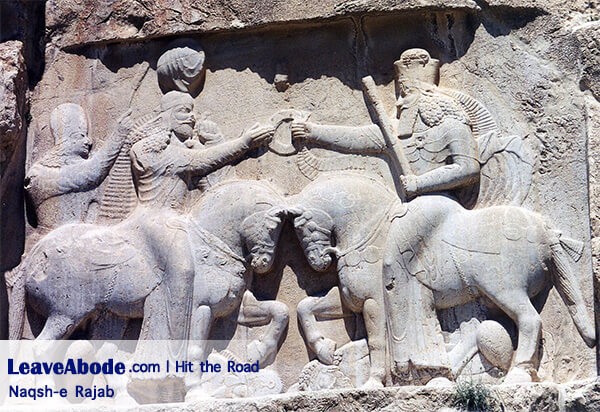 This relief shows the glorious ceremony of the coronation of “Ardashir I”, the founder of the Sassanid dynasty. This carving is four and a half meters wide, consists of eight men, women and children, and as it appears, the crown or the “ring of kingship” is awarded to the emperor by the high priest or the symbol of “Ahura Mazda”. “Ardashir” is in a state of courtesy to “Ahura Mazda” when he receives the royal ring.
This relief shows the glorious ceremony of the coronation of “Ardashir I”, the founder of the Sassanid dynasty. This carving is four and a half meters wide, consists of eight men, women and children, and as it appears, the crown or the “ring of kingship” is awarded to the emperor by the high priest or the symbol of “Ahura Mazda”. “Ardashir” is in a state of courtesy to “Ahura Mazda” when he receives the royal ring.
In this carving, there is a damaged Pahlavi inscription which reads as follows: "The religion of Zoroaster was abolished, and I, the emperor, re-established it."
Ardeshir’s coronation ceremony is also engraved in Firuzabad Strait and Naqsh-e Rustam.
Second Bas-relief: the inscription of “Kartir” at Naqsh-e Rajab
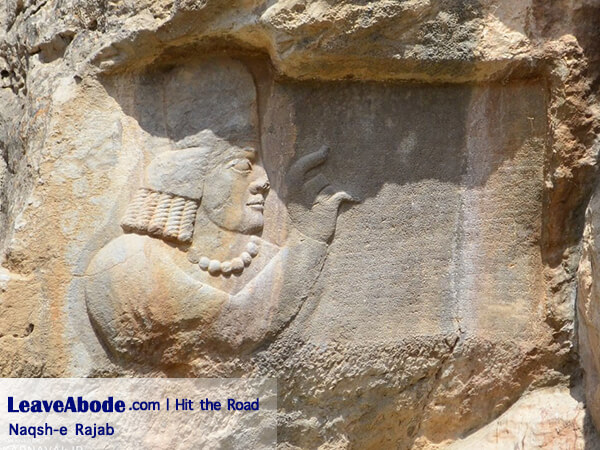 Being carved next to the Ardeshir coronation ceremony, there is a carving that does not belong to the kings. There is a picture of the priest “Kartir” and an inscription that describes his religious activities.
Being carved next to the Ardeshir coronation ceremony, there is a carving that does not belong to the kings. There is a picture of the priest “Kartir” and an inscription that describes his religious activities.
“Kartir” the priest, was a powerful minister and politician of the Sassanid period. In this relief, as well as his picture, 25 lines inscription in Pahlavi language is carved. Unfortunately, the last few lines are damaged. In this inscription, he introduces himself, then defines the services he offered to spread Zoroastrian and eliminate other religions.
The fact that a priest inscription is carved next to the kings’ reliefs shows the power of religion in the Sassanid era. Three other inscriptions from “Kartir” have been carved in the “Naqsh-e Rustam”, Sar Mashhad bas-relief and the Cube of Zoroaster.
Third Bas-relief: the coronation of “Shapur I”
In this carving, the Sassanid king “Shapur I” and “Ahura Mazda” are both carved on horses while “Shapur I” is receiving the “ring of kingship” from “Ahura Mazda”. However, this carving has been badly damaged by time and erosion.
Fourth Bas-relief: “Shapur I” in a ceremony with 9 nobles
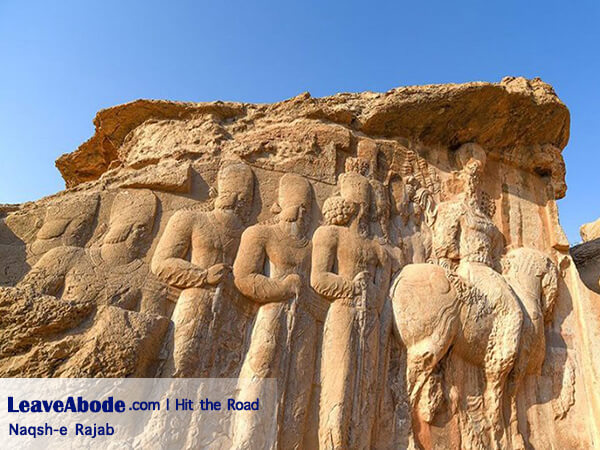 This bas-relief, known as Shapur’s Parade too, celebrates the king's military victory in 244 over the Roman emperor Philip the Arab. In this carving, “Shapur” is on horseback and nine royal nobles stand behind him. The emblems of large families and horsemen on the hats of three of these nine people are depicted. The first person to stand behind Shapur is “Hormoz I”. In this relief, an inscription in Sassanid Pahlavi script is engraved on Shapur's horse as reads: “Ardeshir, the emperor who has the face of Yazdan (God), is the grandson of the Papak Shah".
This bas-relief, known as Shapur’s Parade too, celebrates the king's military victory in 244 over the Roman emperor Philip the Arab. In this carving, “Shapur” is on horseback and nine royal nobles stand behind him. The emblems of large families and horsemen on the hats of three of these nine people are depicted. The first person to stand behind Shapur is “Hormoz I”. In this relief, an inscription in Sassanid Pahlavi script is engraved on Shapur's horse as reads: “Ardeshir, the emperor who has the face of Yazdan (God), is the grandson of the Papak Shah".
Why visiting Naghsh-e Rajab is recommended?
“Naqsh-e Rajab” along with “Naqsh-e Rustam” (Necropolis) are the most magnificent ancient tombs and reliefs in the world.
These monuments are famous among the enthusiasts of the ancient history and civilization of Iran. “Naqsh-e Rajab” includes some beautiful historical carving in the memorial of the early Sassanid kings. The Sassanid kings were interested to record the history of their emperorship so they left a museum of carving on the mountain rocks in “Naqsh-e Rajab” and “Naqsh-e Rustam”.
The reliefs in the “Naqsh-e Rajab” depict 4 important historical events:
- Coronation of Ardeshir Papkan, the founder of the Sassanid Empire
- Coronation of “Shapur I”, son and successor of Ardeshir Papkan
- “Shapur I” accompanied by his companions
- “Kartir”, the highest-ranking cleric of the Sassanid period
What hotels are near “Naqsh-e Rajab”?
- Apadana Hotel: 3.6 km
- Naqsh-e Rustam Ecolodge: 4 km
- Persepolis Hotel: 4.8 km
- Tourism Inn: 4.9 km
- Darvish Hotel: 6.7 km
What restaurants are close to “Naqsh-e Rajab”?
- Takht-e Tavoos Restaurant: 400 meters
- Hakhamanesh Coffee Shop: 4.7 km
- Persepolis Traditional restaurant: 5 km
Don't forget to book a tour to Naqsh-e Rajab
Know Before You Go
The best way is to take part in the day tour to Naqsh-e Rajab of Leaveabode.
Traveling on public transportation to Naqsh-e Rajab is not much easy. You need to leave Shiraz to Marvdasht, then on the road to Persepolis drive to the ancient historical relief of Naqsh-e Rajab.
Naqsh-e Rajab is located west of the historical Istakhr city, 5 km north of Persepolis and 2.5 km north of Naqsh-e Rustam in Fars Province, Iran.
Seasons | Hours |
| Spring and summer | from 8:30 to 17:30 |
| Autumn and winter | from 8:00 to 17:30 |
The required time from this monument is 1 hour.
- 1 April
- 4 May
- 14 & 15 May
- 4 & 5 & 7 June
- 18 & 19 August
- 6 & 7 October
The dates may be changeable so get in touch with us for recent information. [email protected]
Visiting Naqsh-e Rajab in the hot days can be annoying due to the open area and direct sunlight. So, the best time will be early morning or in the afternoon.
Cloudy days are recommended for visiting Naqsh-e Rajab, as there will be no direct sunlight. For convenience, it is better to have a hat and sunglasses with you.
Day Tours Near Naqsh-e Rajab
Attractions Near Naqsh-e Rajab
Monuments Like Naqsh-e Rajab
Naqsh-e Rajab on Map
Cities
Activities
City Tours
Hike & Trek Tours
Meet Locals Tours
Biking Tours
Wild Life Tours
Events
Shiraz
The city of love
Shiraz, the cultural capital of Iran, is synonymous with the city of poets, education, nightingales, and wine. It is a must-see that you would not miss during your trip to Iran. It is very close to Persepolis in the Fars …



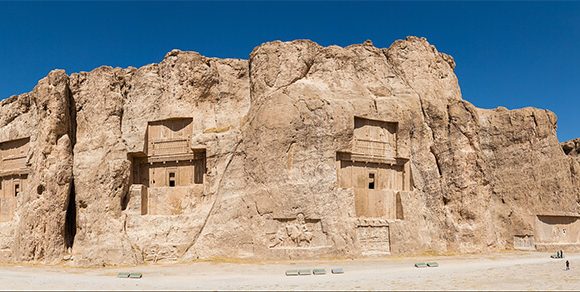
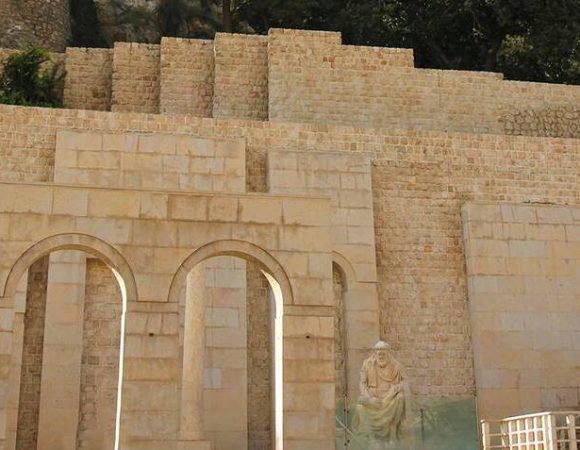
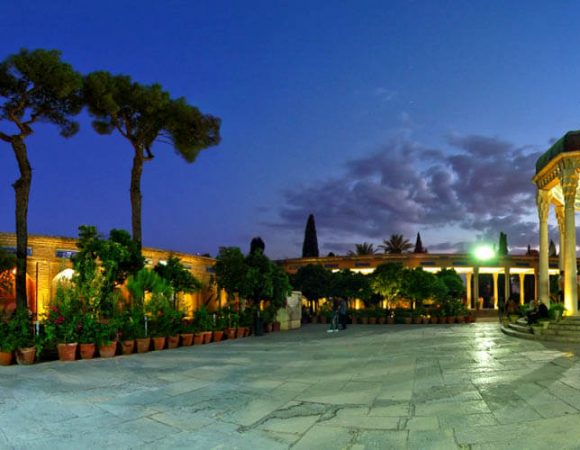
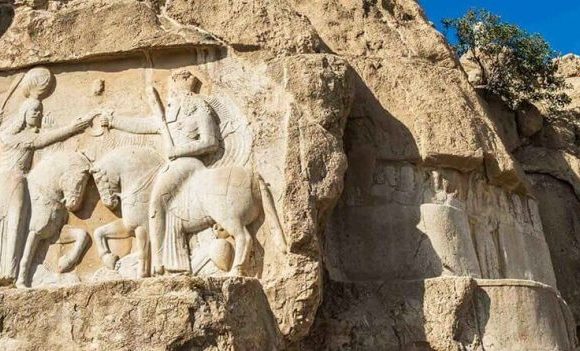

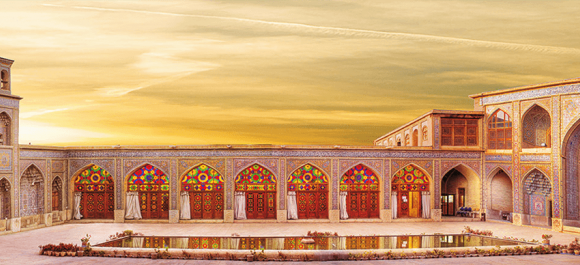

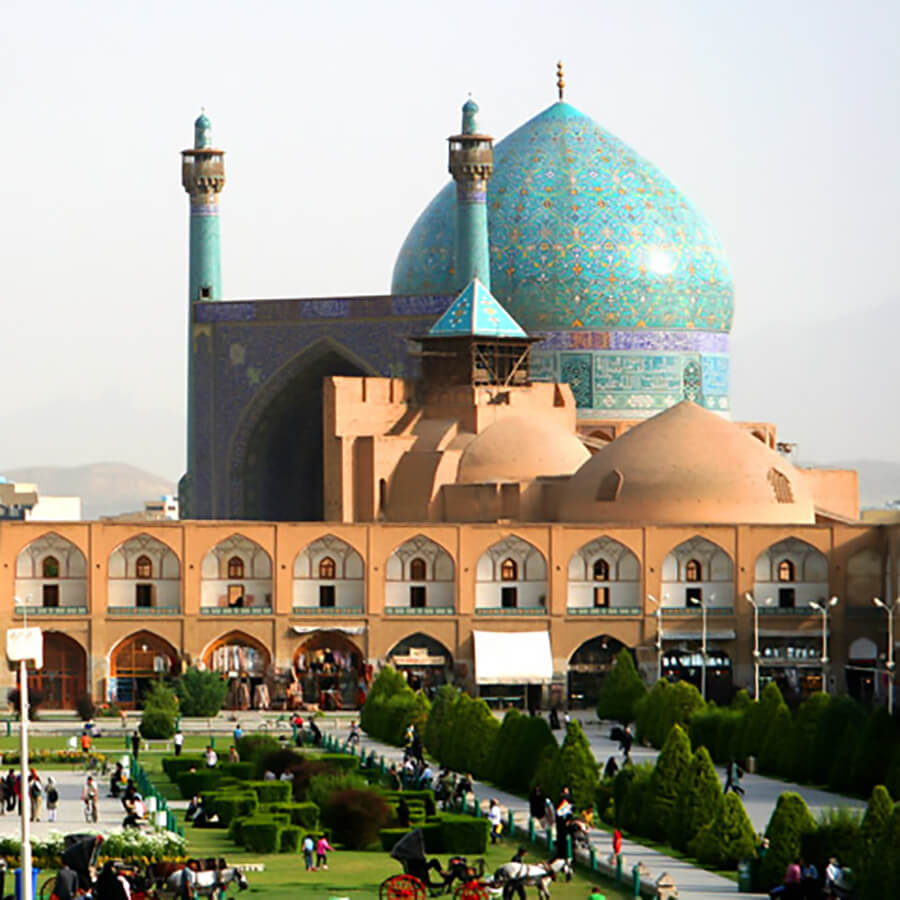
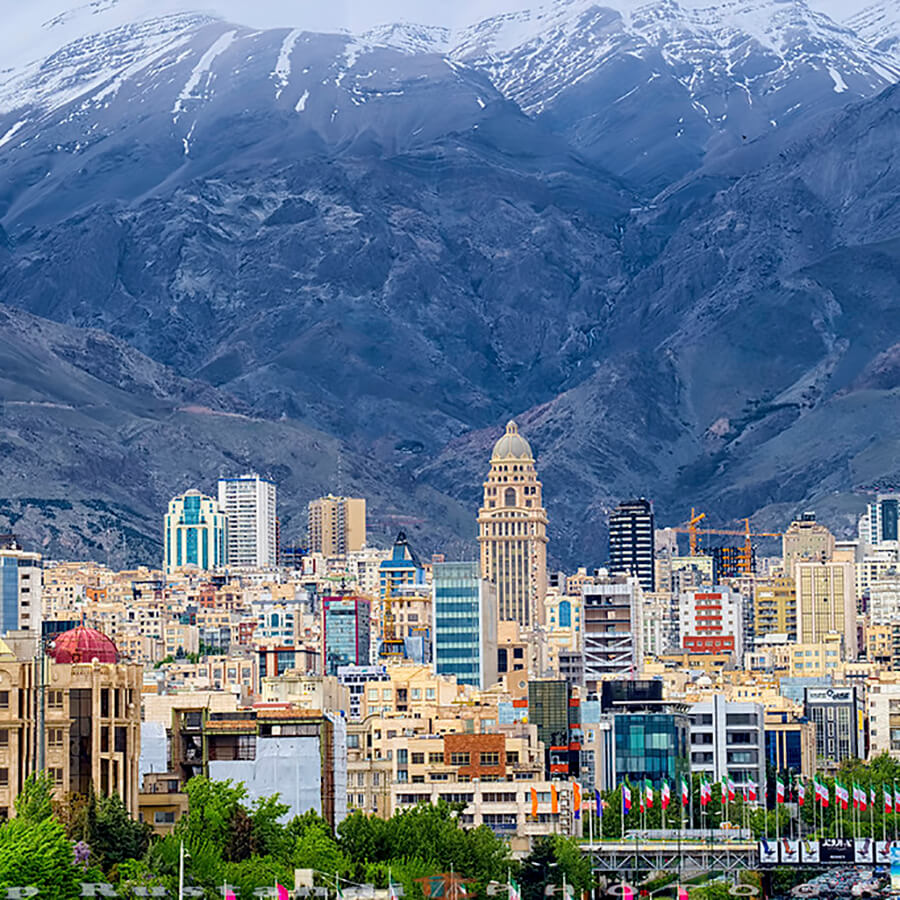

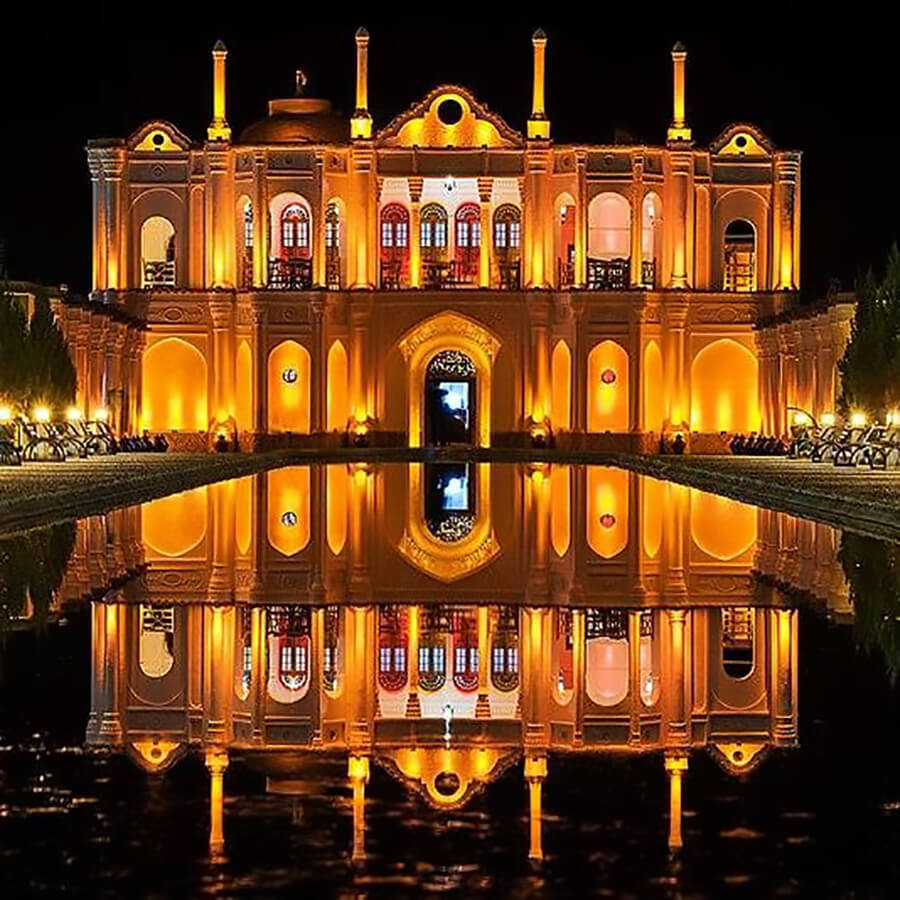
Did you know that there were advertising banners in Iran more than 2400 years ago? I did not know either. Naqsh-e Rajab is one of those advertising billboards.